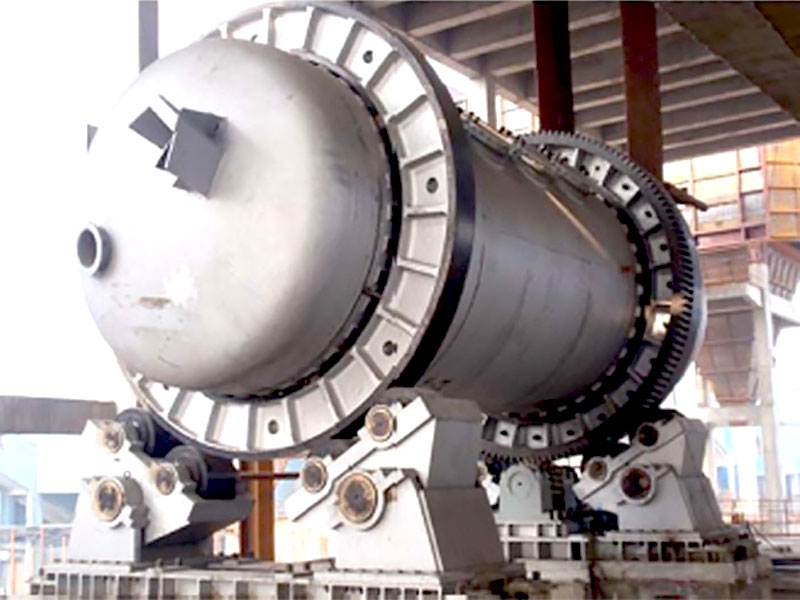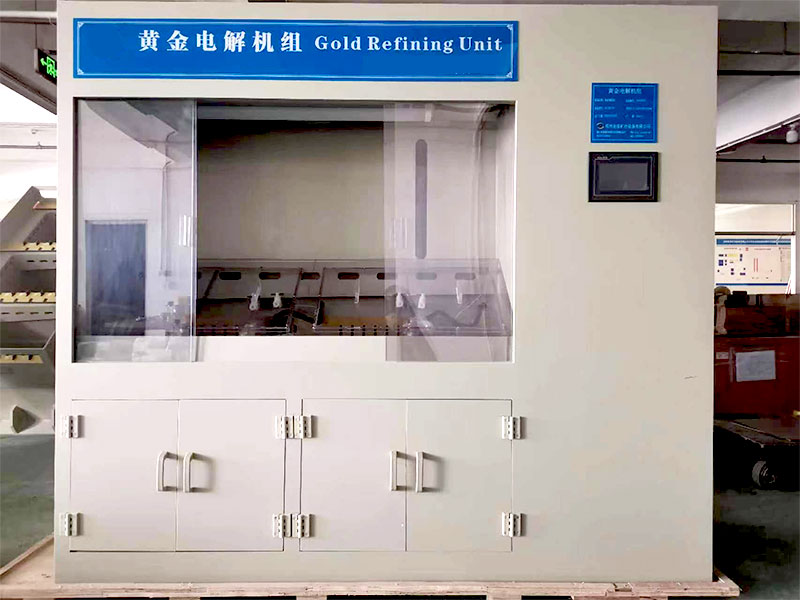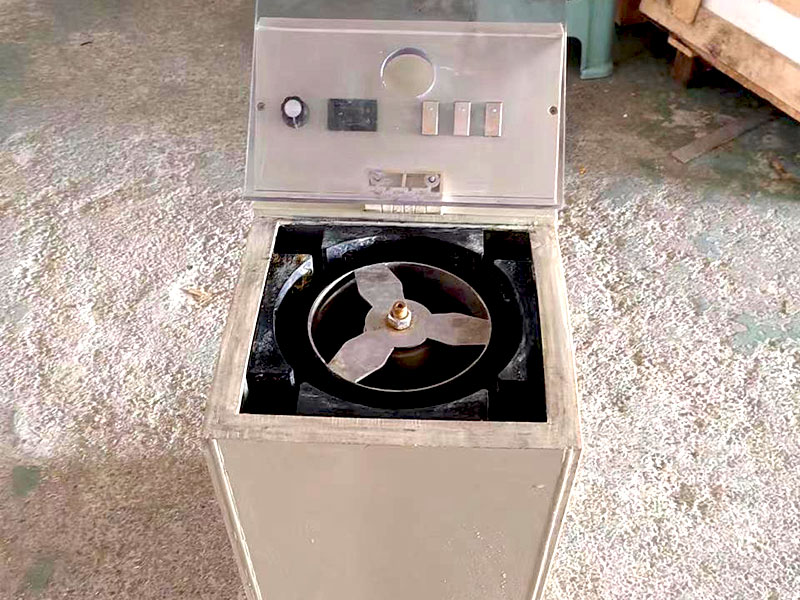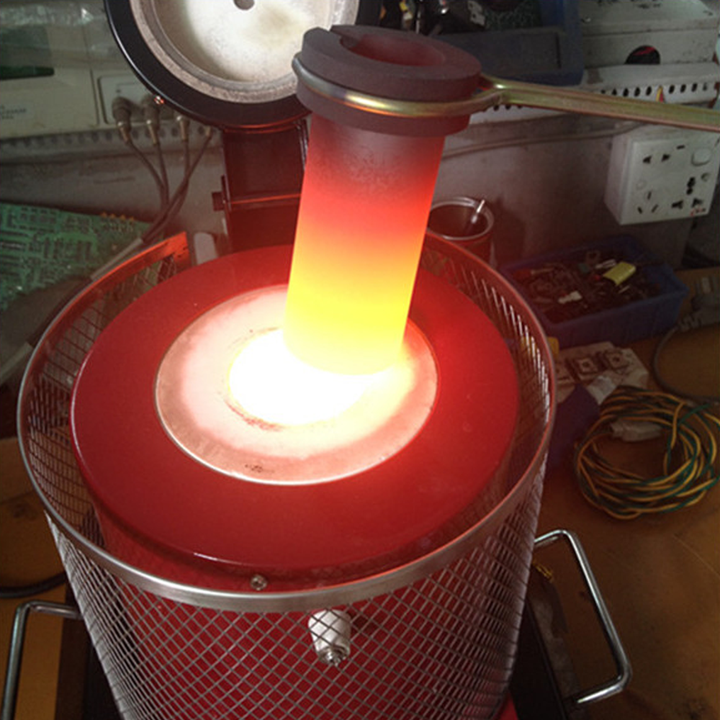Flux Recipe For Smelting Gold
Understanding the Importance of Flux in Gold Smelting
Gold smelting is a process that has been used for thousands of years to extract gold from its ore. One of the key components of this process is the use of flux. Flux plays a critical role in smelting gold by helping to separate the metal from impurities. In this article, we will discuss the importance of flux and provide a detailed flux recipe for smelting gold, suitable for use with FRT Machinery’s smelting equipment.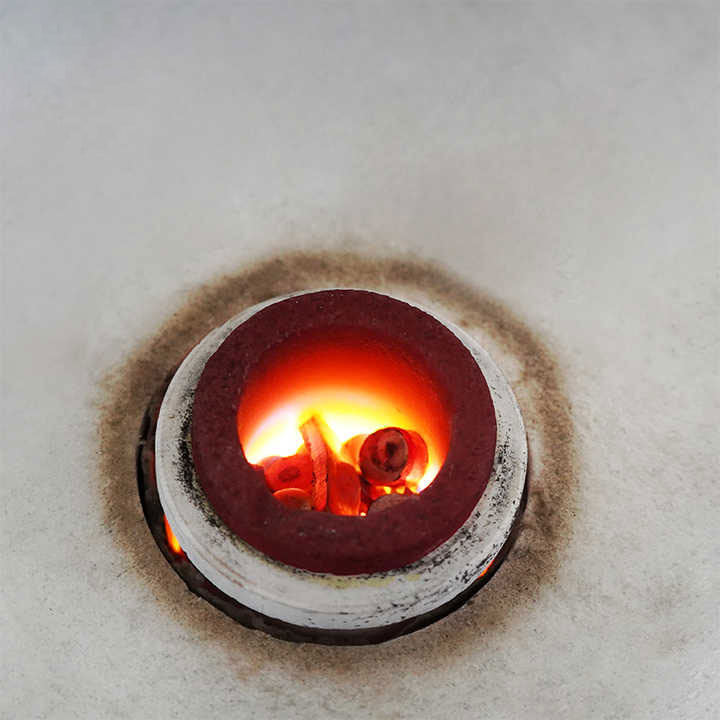
Choosing the Right Flux Recipe for Smelting Gold
When it comes to selecting the right flux recipe for smelting gold, there are several factors to consider. The type of ore being processed, the presence of other metals or minerals, and the desired purity of the final product all play a role in determining the best flux composition. Typically, a mixture of borax and soda ash is used as the primary flux for gold smelting. Borax helps to reduce the melting point of slag, while soda ash acts as a fluxing agent that aids in the separation of gold from other materials.
Preparing the Flux Mixture for Gold Smelting
Before beginning the smelting process, it is essential to prepare the flux mixture correctly. A common flux recipe for smelting gold involves mixing one part borax with three parts soda ash. This ratio can be adjusted based on the specific requirements of the ore being processed. Once the dry ingredients are thoroughly combined, they should be added to the smelting crucible along with the gold-bearing material. FRT Machinery recommends using a high-quality crucible that can withstand the intense temperatures generated during the smelting process.

Applying Heat and Monitoring the Smelting Process
The next step in smelting gold using your prepared flux recipe is to apply heat. Using FRT Machinery’s state-of-the-art furnaces, gradually increase the temperature until the mixture reaches its melting point. It is crucial to monitor the process closely to ensure that the flux and gold melt together effectively. As the slag separates from the molten gold, it rises to the top of the crucible, where it can be removed. The gold, now free from impurities, sinks to the bottom of the crucible.
Cooling and Collecting the Refined Gold

Once the smelting process is complete and the slag has been removed, the next step is to cool the crucible slowly. This allows the molten gold to solidify into a more manageable form. After cooling, the gold can be collected from the bottom of the crucible. At this stage, the gold will have a higher purity level than when it started, thanks to the effective use of flux during the smelting process.
Tips for Optimizing Your Flux Recipe for Smelting Gold
To get the most out of your flux recipe for smelting gold, there are several tips you should keep in mind:
-Adjust the flux ratiobased on the type of ore being processed.
-Use quality materialsfor both the flux and the crucible to ensure optimal results.
-Monitor temperature closelythroughout the smelting process.
-Regularly clean and maintainyour smelting equipment, such as FRT Machinery’s furnaces, to prolong its lifespan and improve efficiency.
By following these guidelines and using the right flux recipe for smelting gold, you can achieve high-quality results with every batch. Whether you’re a seasoned professional or just starting out, investing in reliable machinery like that offered by FRT Machinery can make a significant difference in your smelting operations.

